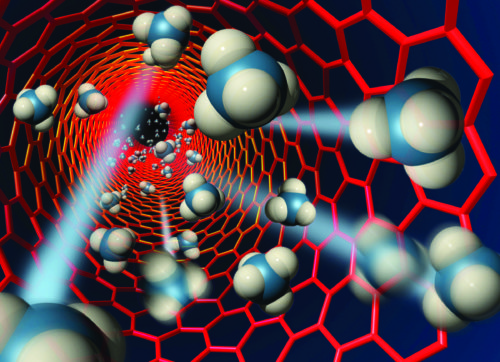Northwestern University chemists have designed a new photonic lattice with properties never before seen in nature. In solid materials, atoms must be equally spaced apart and close enough together to interact effectively. Now, new architectures based on stacked lattices of nanoparticles show interactions across unprecedentedly large distances.
When one lattice is stacked on top of the other, the nanoparticles can still interact with each other—even when the vertical separation among particles is 1,000 times the distance of the particle-to-particle spacing within the horizontal plane.
Because the nanoparticles can communicate across ultralong distances, the stacked architecture offers potential applications in remote sensing and detection.
The study was published this week (Feb. 13) in the journal Nature Nanotechnology.
“This type of long-range coupling has not been observed before for any stacked periodic material,” said Teri Odom, a senior author of the study. “Other electronic or photonic stacked layers are separated vertically by a spacing similar to the horizontal periodicity of the building unit in the single layer. This is an entirely new class of engineered materials that have no counterpart or analogue in nature.”
A nanotechnology expert, Odom is chair of Northwestern’s chemistry department and the Joan Hustling Madden and William H. Madden Jr. Professor of Chemistry in the Weinberg College of Arts and Sciences. She also is a member of the International Institute of Nanotechnology and the Chemistry of Life Processes Institute. Northwestern co-authors include George Schatz, the Charles E. and Emma H. Morrison Professor of Chemistry at Weinberg.
To design the new material, Odom and her team took inspiration from moiré patterns, a geometrical design created by two patterns of identical periodic lattices.
Continue: >>> The researchers first patterned
https://phys.org/news/2023-02-nanoparticles-ultralong-distance-communication-counterpart.html

